In 2019, Italy was the first country in the European Union to implement mandatory e-invoicing through the SdI.
Two years later, the country has again asked the European Union for permission to continue implementing this regulation until 31 December 2024. For the time being, the European Commission has given its approval. All that remains now is the final decision of the European Council, which is expected to be very favourable.
In this way, Italian companies will continue to use electronic invoices for all their transactions. Also to communicate in real time with the Agenzia delle Entrate through the Sistema di Intercambio (SdI).
Thus, Italy successfully consolidates the e-invoicing model that many European countries are trying to copy.
Italy’s reasons for extending the SdI system
One of the main reasons for Italy’s push to extend the SdI and e-invoice was to fight tax evasion. Three years later, the Italian government claims to have collected more than 2 billion euros in VAT and reduced tax fraud.
Businesses have also benefited from this legislative change. The imposition of electronic invoicing has forced them to take a further step in the digital transformation of their business, digitising and automating one of the most important back-office processes: the issuing and receipt of invoices.
A bit of history…
The Legge di Bilancio, drafted in 2018, was the starting signal for mandatory B2B e-invoicing in Italy. In it, it was established that as of 1 January 2019 all invoices issued by Italian companies should be electronic. The format was also defined, in this case XML. And the model: clearance. In this way, the Agenzia delle Entrate was to receive all invoices in real-time before the invoice recipient. For invoices with foreign receivers, Italy created the esterometro.
Subsequently, Italy also eliminated the esterometro, unifying the transmission of all invoices through the SdI.
Europe copies Italy
Following the success of the Italian model, many EU countries are designing similar systems. One example is France. France will impose the use of e-invoicing progressively from 2023 to 2025, taking the SdI as an example.
Another example is Poland, which has recently started the voluntary period for the use of e-invoicing in the business-to-business (B2B) sphere and is expected to make it compulsory by 2023. Poland has also adopted a clearance model through the FSeF system.
And Spain has recently joined the list of countries intending to extend the use of B2B e-invoicing. However, the legislation has not yet been adapted in this country.
If you do not want to miss any news on electronic invoicing regulation around the world, subscribe to our monthly newsletter.











